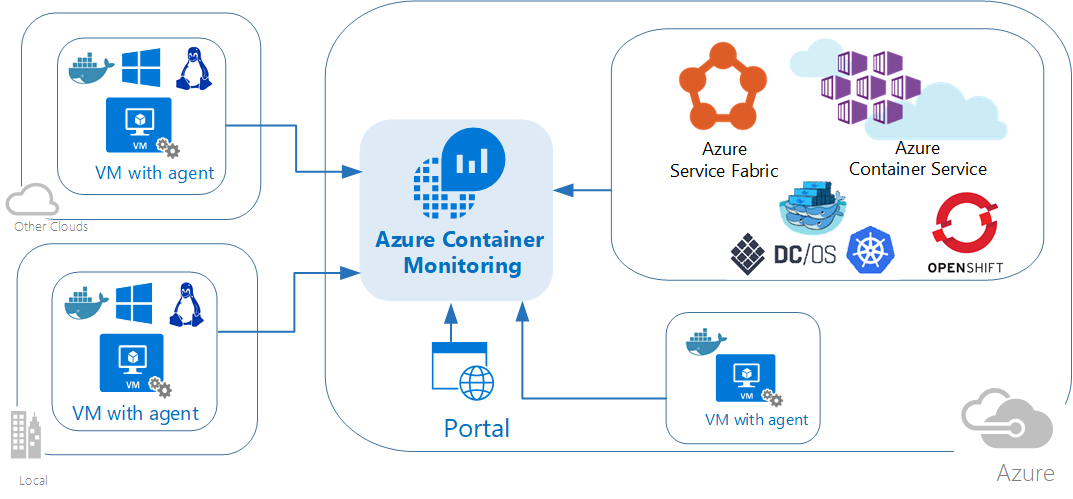


This matches the Ingress and Ingress Controller resources in Kubernetes. The route is an Openshift construct that defines the rules you want to apply to incoming connections. To clarify, the default Router in Openshift is an actual HAProxy container providing reverse proxy capabilities.

“An OpenShift Enterprise administrator can deploy routers to nodes in an OpenShift Enterprise cluster, which enable routes created by developers to be used by external clients.” “An OpenShift Enterprise route exposes a service at a host name, like so that external clients can reach it by name.” The first block that I didn’t recognize in the diagram is the orange “Routes” block. OpenShift project (Namespace) Routes/Routers below shows Kubernetes components in purple and OpenShift components in orange.įigure 1. Kubernetes is an open source, container as a service (CaaS) project originating from Google.įigure 1. OpenShift is a platform as a service (PaaS) from Red Hat that is built on Docker and Kubernetes. I’ll cover some of the infrastructure differences between Kubernetes and OpenShift - specifically, the differences between route/router and ingress/ingress controllers and between namespaces and projects. I wrote this to assist people who are familiar with Kubernetes but unfamiliar with Openshift, so that they can understand the different verbiage used in each ecosystem. Red Hat Openshift is a Platform as a Service based on Kubernetes, but I was largely unaware of the different terms in use in the OpenShift ecosystem. We are partners with Red Hat, so I was asked to skill up on Red Hat Openshift. I’m a Cloud Consultant at Levvel that specializes in Kubernetes. The Differences Between Kubernetes and Openshift


 0 kommentar(er)
0 kommentar(er)
